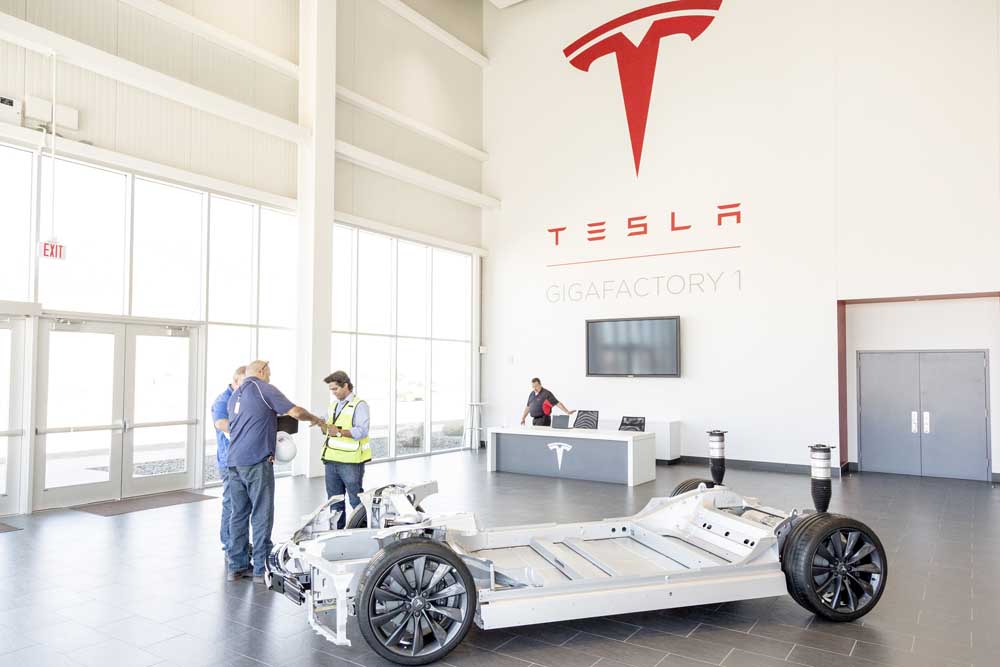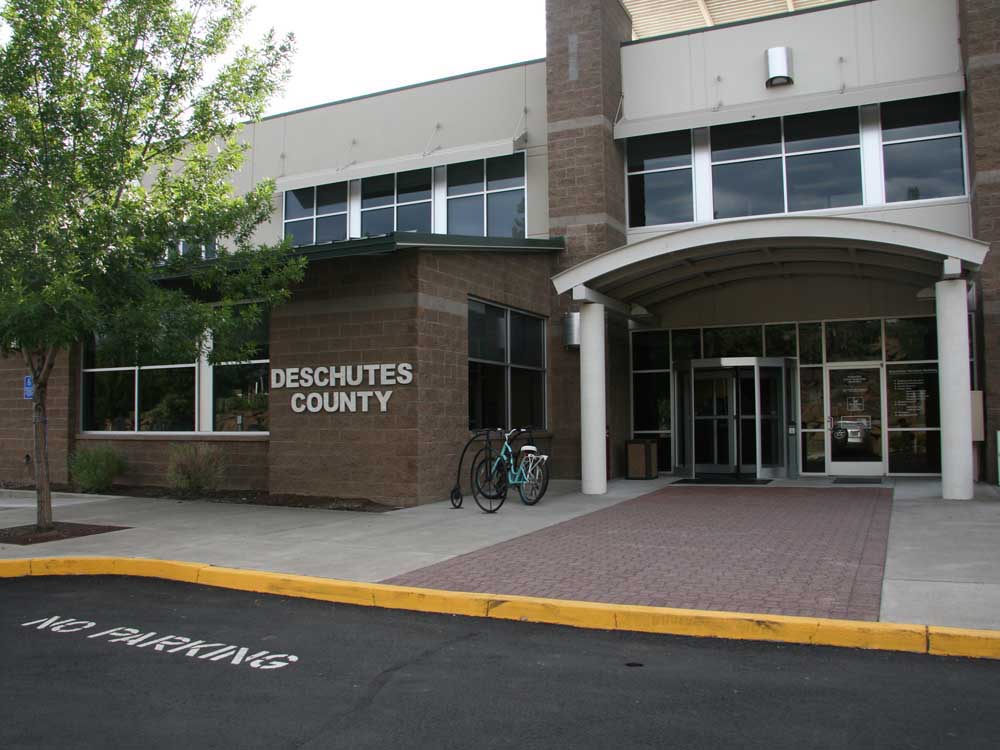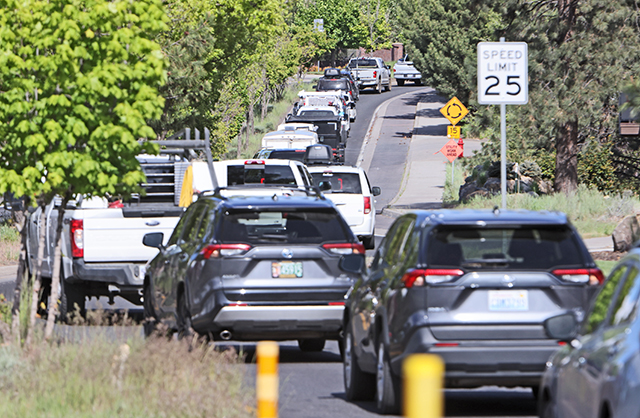Commentary: No: Taxpayers shouldn’t subsidize overpriced Teslas
Published 12:02 am Monday, August 28, 2017

- FILE -- A model of the chassis of a Tesla Model S in the lobby at the Tesla Gigafactory construction site near Sparks, Nev., July 18, 2016. The electric-car maker has seen its shares fall by some 14 percent in 2017, ending its meteoric rise to become the nation’s most valuable automaker after a reign of less than three months. (Jason Henry/The New York Times)
After Tesla sells its 200,000th vehicle, consumers will no longer be able to claim a $7,500-per-vehicle federal tax credit for purchasing one.
But fear not. California’s climate-crazy Legislature is coming to the rescue.
Gov. Jerry Brown, a Democrat, and state legislators plan to extend a low-emission vehicle rebate program there by passing a new $3 billion subsidy package that would, among other things, make up for the soon-to-end federal rebate.
Taxpayers should be outraged.
Despite the federal government in 2009 providing Tesla with a $465 million low-interest loan to develop an affordable electric vehicle and billions of dollars in tax credits given to buyers, Tesla has continued to turn out $110,000 luxury cars designed for and marketed to millionaires.
Such buyers could obviously afford to pay the full freight but are instead able fund their lifestyle purchases at the expense of poor and middle-income households.
Contrary to popular belief, electric vehicles do not represent a new technology in need of government support to get off the ground. The first electric vehicles were created as early as 1828, 50 years before Germany’s Karl Benz put the first gasoline-powered vehicles on the road. Gas-powered cars won out because they were more affordable, powerful, comfortable and reliable, and could go long distances between fueling.
Despite billions in recent government support, today’s electric vehicles still can’t compete.
In 2016, only 159,333 electric vehicles were sold in the United States — less than one-tenth of 1 percent of the 17.55 million vehicles sold nationwide.
That hasn’t stopped the government largesse, including state incentives and charging networks.
A 2015 study from researchers at the University of California at Berkeley and the National Bureau of Economic Research found the richest 20 percent of Americans received 90 percent of the hundreds of millions of dollars given in taxpayer subsidies for electric vehicles.
Tesla, despite heavy government support, regularly misses sales and production targets and has lost hundreds of millions of dollars annually. The automaker has already warned there could be manufacturing and delivery delays for its lower-priced Model 3, which will still cost $30,000-$50,000.
Even if one believes humans are causing climate change, subsidizing billionaire Tesla CEO Elon Musk’s electric-car dreams will do little to reduce carbon dioxide.
The switch to electric vehicles will simply shift emissions from the tailpipe to the smokestack as more natural gas- and coal-fired plants will be needed to keep EVs charged. In addition, millions of acres of land will need to be destroyed to mine the rare metals used in such vehicles’ batteries and electronic parts. And millions of tons of greenhouse gases will be spewed, mostly in China, in the mining, processing and shipping processes.
California’s tax credit is nothing more than welfare for the well-to-do, and it’s time to end it.
— H. Sterling Burnett is a research fellow on energy and the environment at The Heartland Institute.






